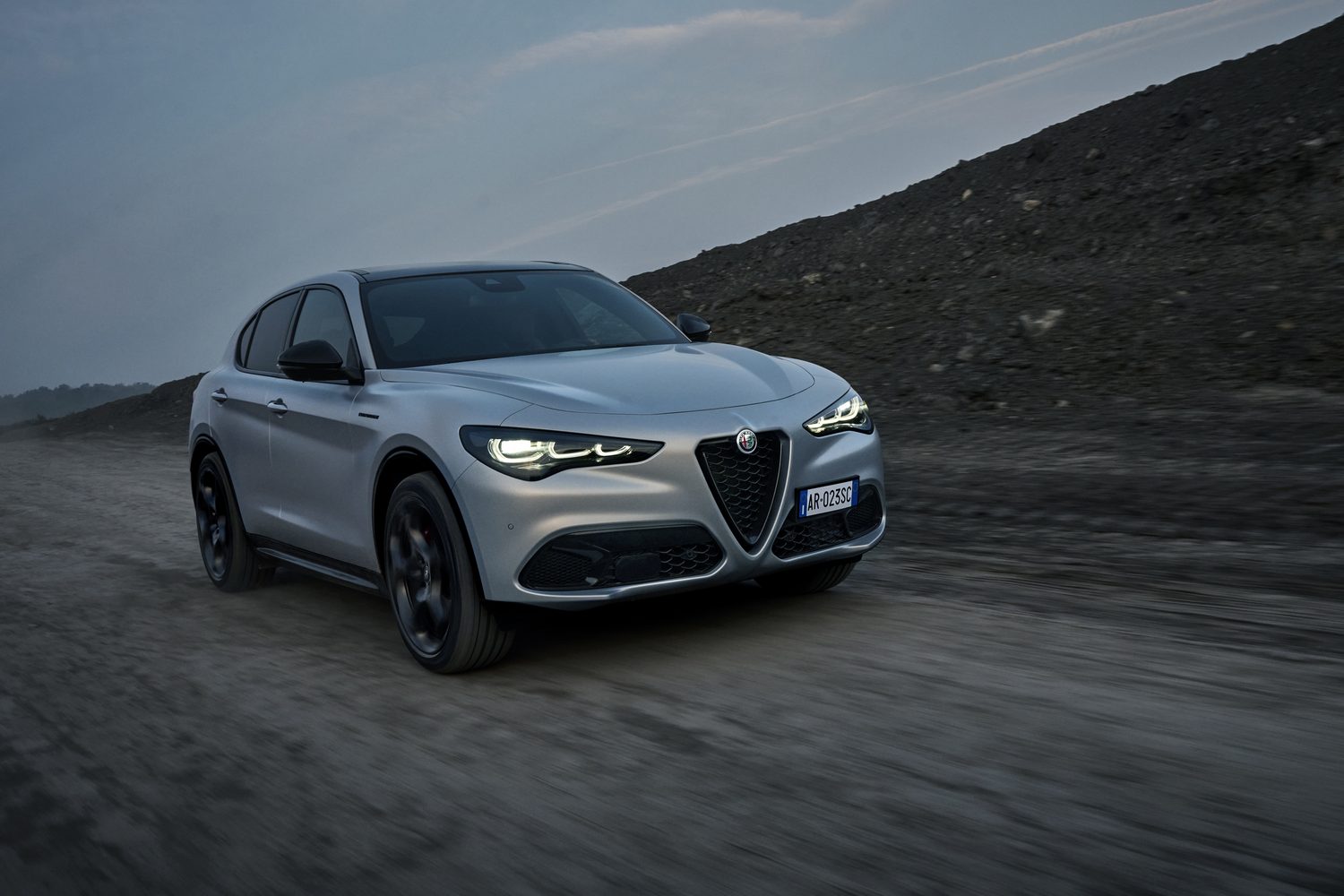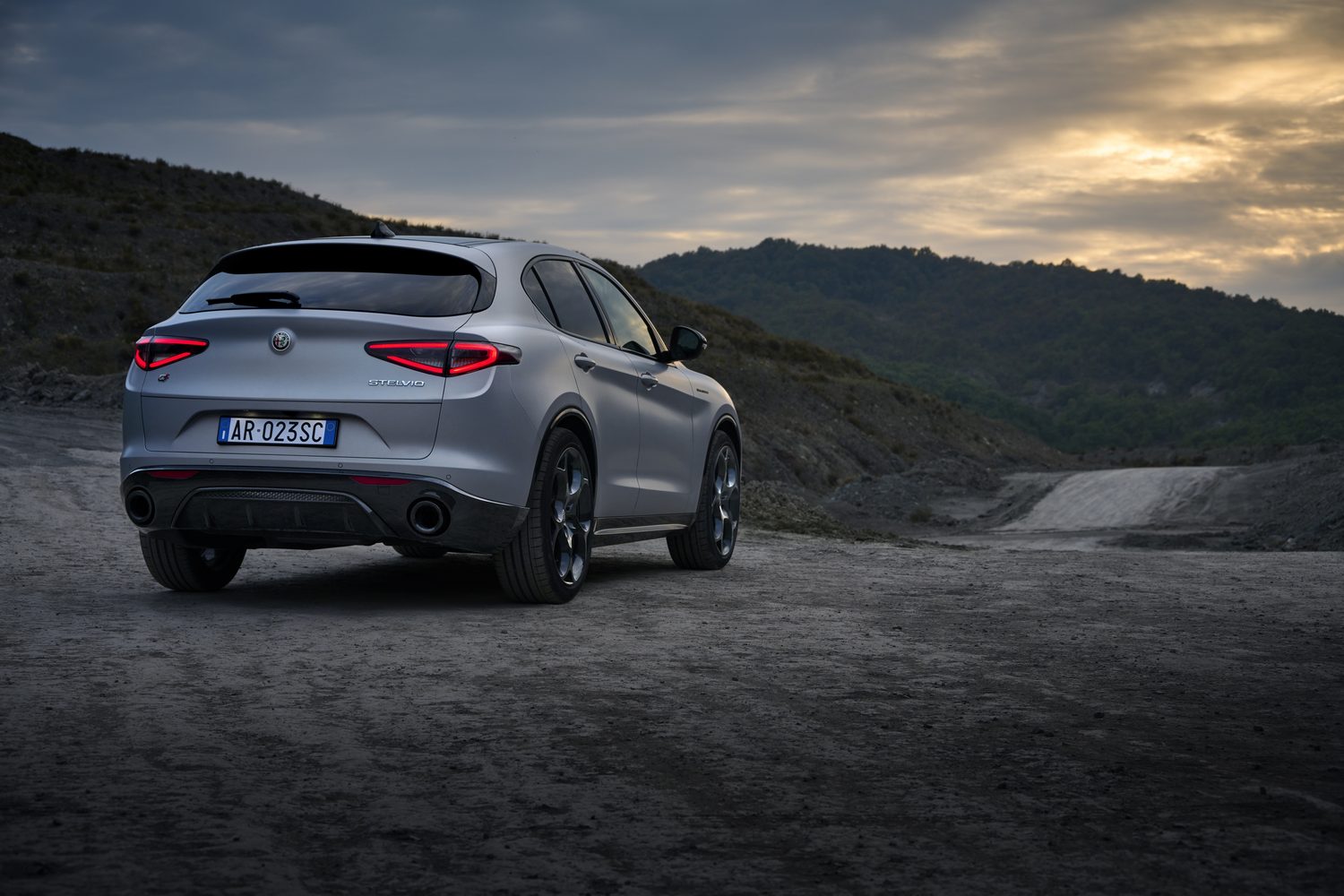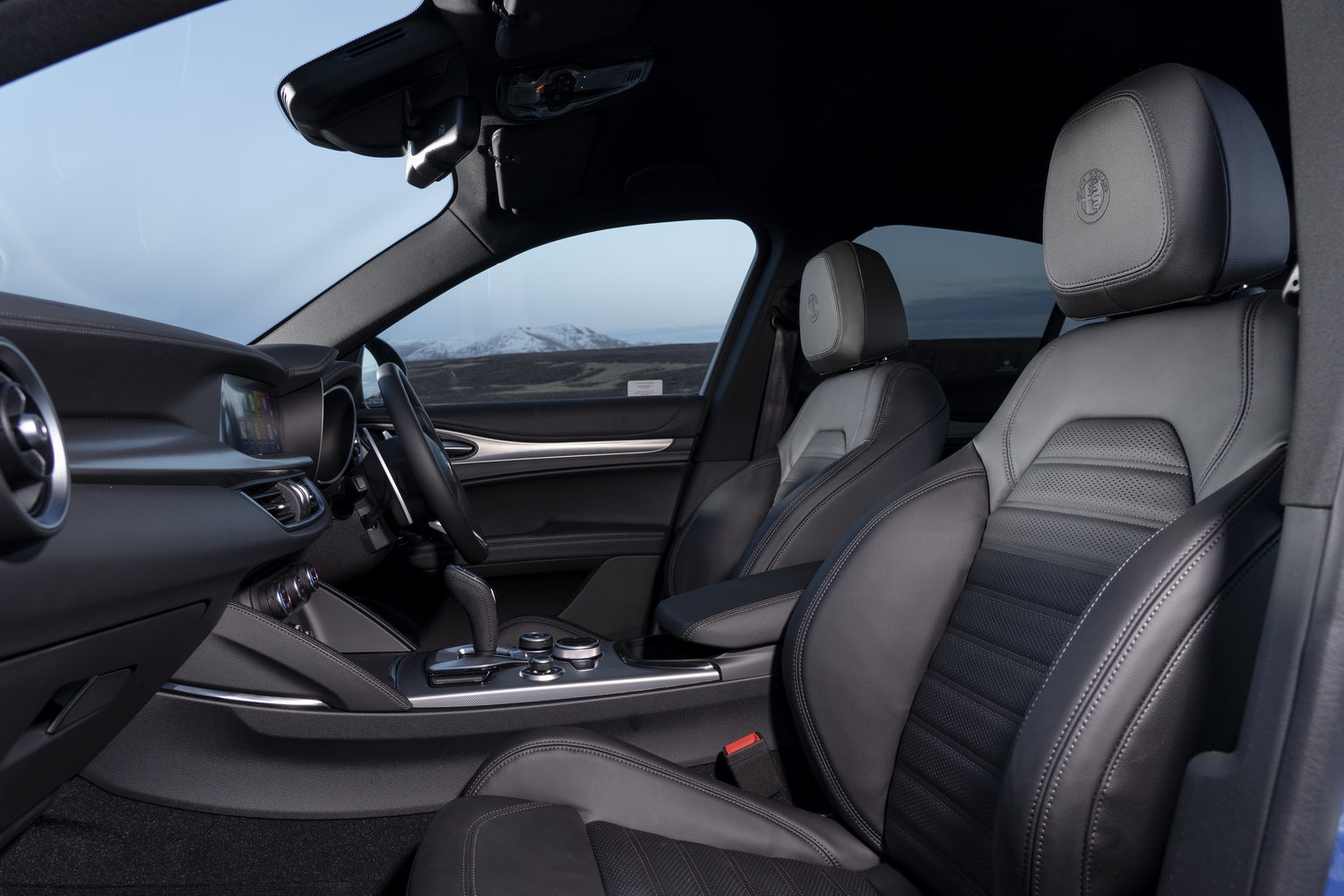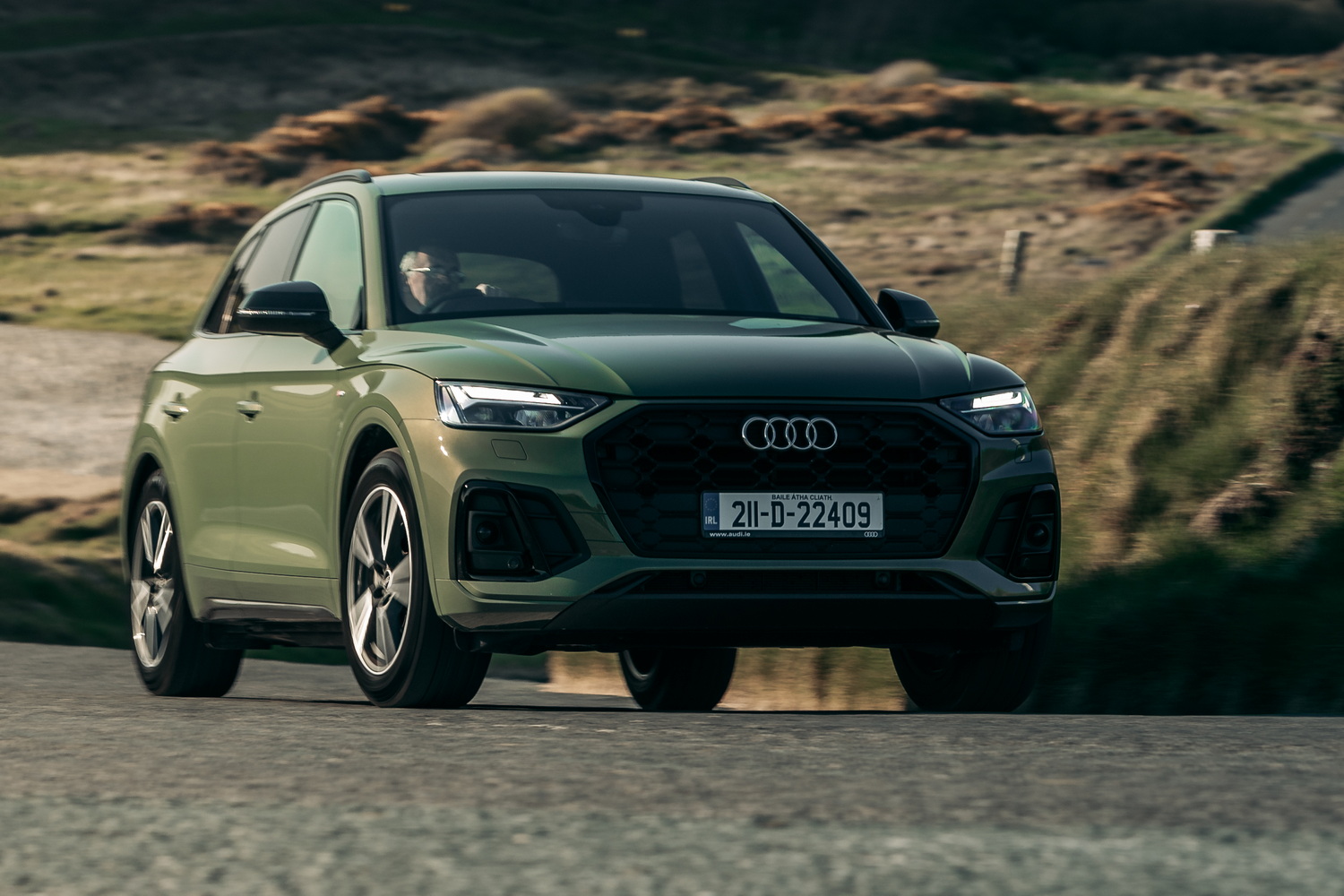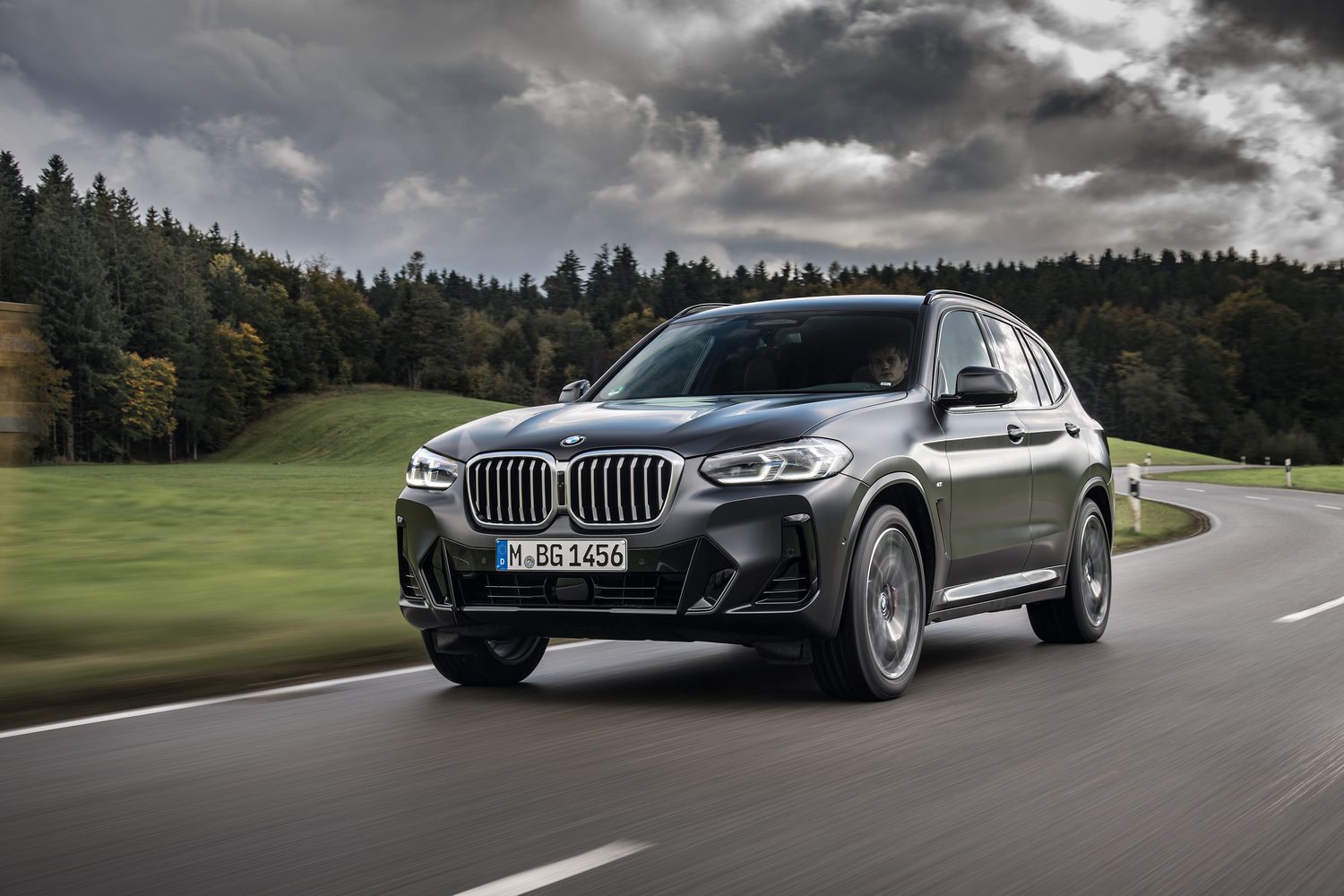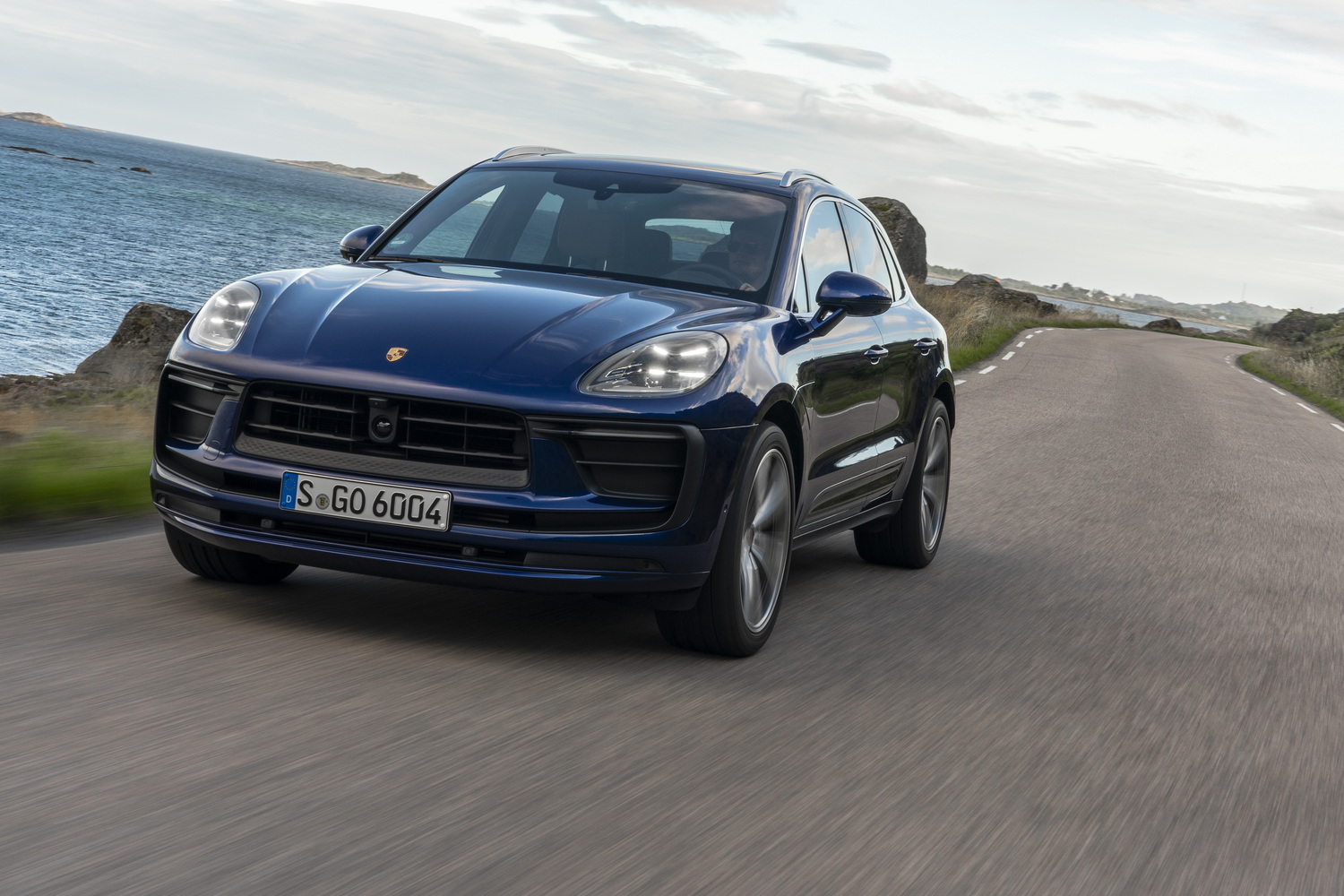Like pretty much every Alfa Romeo launched in the past decade, the Stelvio was billed as the car to put Alfa back on the map, and though the stylish SUV has had some success, it hasn't exactly dragged the brand back into the big leagues. Nevertheless, the Stelvio is a crucial car for Alfa, and it competes with some accomplished models. In a bid to keep the car fresh, and to keep up with the competition, the Stelvio has been refreshed with new styling and tech features.
In the metal
Like the new Alfa Romeo Giulia, the updated Stelvio isn't so different from its predecessor, which means it's still one of the best-looking SUVs on sale. Admittedly, it isn't quite as sharp as the four-door saloon, but it's a well-proportioned car, from the curved haunches to the hint of a 'kamm' tail at the back.
What changes there are will mostly be found at the front, where there's a lightly revamped grille and air intakes, as well as redesigned headlights. That means you get a new daytime running light signature, with three separate shapes to invoke thoughts of the smaller Tonale SUV and models from Alfa's past.
Other than that, it's business as usual on the outside, but the interior has had a small upgrade, too. There's a new digital instrument cluster lifted straight from the Tonale and providing a choice of three different displays for drivers to choose from. It's inspired by classic Alfa models, with its odometer-style range display and classic fonts, but it's a modern design and it has freshened the Stelvio's cabin somewhat.
When the Stelvio was first launched, the interior felt cheap and low-rent, but that issue was largely sorted with new materials and a new touchscreen a few years ago. Alfa Romeo hasn't made any real progress since then, though, so while the Stelvio's cabin looks fairly upmarket, it doesn't necessarily feel as solid or as tactile as that of an Audi or a BMW.
The central touchscreen also looks a bit dated alongside the new digital instrument display. The middle screen is crowded and sometimes unintuitive, although the inclusion of a control wheel on the centre console is at least a positive, allowing you to operate the system with little more than a cursory glance, whereas solely touch-sensitive screens are usually more distracting.
Thankfully, the Stelvio's cabin is anything but small. As before, there's more than sufficient room for adults to sit in the back, and the 525-litre boot is roughly on a par with the class leaders.
Driving it
As before, Alfa Romeo is continuing to offer petrol and diesel versions of the Stelvio, with no hybrid or electric alternatives. At least there's plenty of performance on offer.
In essence, you can choose a 2.2-litre diesel engine that churns out 210hp, or you can opt for the 2.0-litre petrol engine tested here, which comes with an even more appealing 280hp. Both engines drive all four wheels via an eight-speed automatic gearbox, giving the Stelvio ample performance both on and off the road.
The diesel option is clearly the most efficient, burning something in the region of 6.1 to 6.5 litres of fuel every 100km on the official economy test, while pumping out 159-169g of carbon dioxide every kilometre. In comparison, the petrol version we tested will use 8.5 litres of unleaded every 100km on the same test.
But the petrol is the most powerful option - at least until the updated V6-powered Quadrifoglio comes along - and its 5.7-second sprint from 0-100km/h will make it almost a second faster than the diesel, although both are pretty brisk.
That's partly down to the gearbox, which is something of an unsung hero, flitting between ratios swiftly whether it's governing itself or under the command of the shift paddles behind the steering wheel. Even without the paddles, some form of control can be exerted using the 'DNA' drive modes, with the Dynamic setting forcing the car to hold onto gears for longer to maximise performance. In truth, though, the car is at its best when left in the 'Normal' setting.
And because Alfa hasn't changed much about the Stelvio's underpinnings, the car's best is still really rather good. It goes toe-to-toe with the most accomplished in the class - the BMW X3, Jaguar F-Pace and Porsche Macan - thanks to agility and stability that's inherited from the Giulia. Admittedly, it isn't quite as sharp as its saloon sibling, and the steering feels a little less direct, but it's still light on its feet for something so big. It doesn't wallow about in corners, either.
Yet the ride, which might be forgiven were it a bit firm, is remarkably mature. Sure, you feel the bumps through your backside, but it never gets too uncomfortable - it's never going to shake your teeth out. And when you get it on the motorway, it's really quite supple, gliding over all but the very worst imperfections in the surface.
What you get for your money
Alfa Romeo has not yet announced Irish prices for the new Stelvio, but we'll update this section when we know more.
That said, we expect to see a three-tier trim structure, with the basic Sprint joined by the more upmarket Veloce and Competizione versions. Sprint models are expected to come with 19-inch alloy wheels, while the Veloce will be marked out by 20-inch alloys and a black exterior trim kit. It'll get a limited-slip rear differential, too, as well as power-adjustable leather seats. Finally, the Competizione gets adaptive suspension, 21-inch alloy wheels and red brake callipers.
Summary
Alfa Romeo has certainly improved the Stelvio with its changes, and the new model is undoubtedly the best yet. But the difference isn't huge, and the Alfa still feels a bit old-school in places, particularly in the cabin. That said, the Stelvio remains one of the best cars in its class when it comes to handling, and though it can't compete with the BMW X3 and Porsche Macan as an all-round package, the update has narrowed the gap. Whether that will convince buyers to ditch the German rivals remains to be seen.

